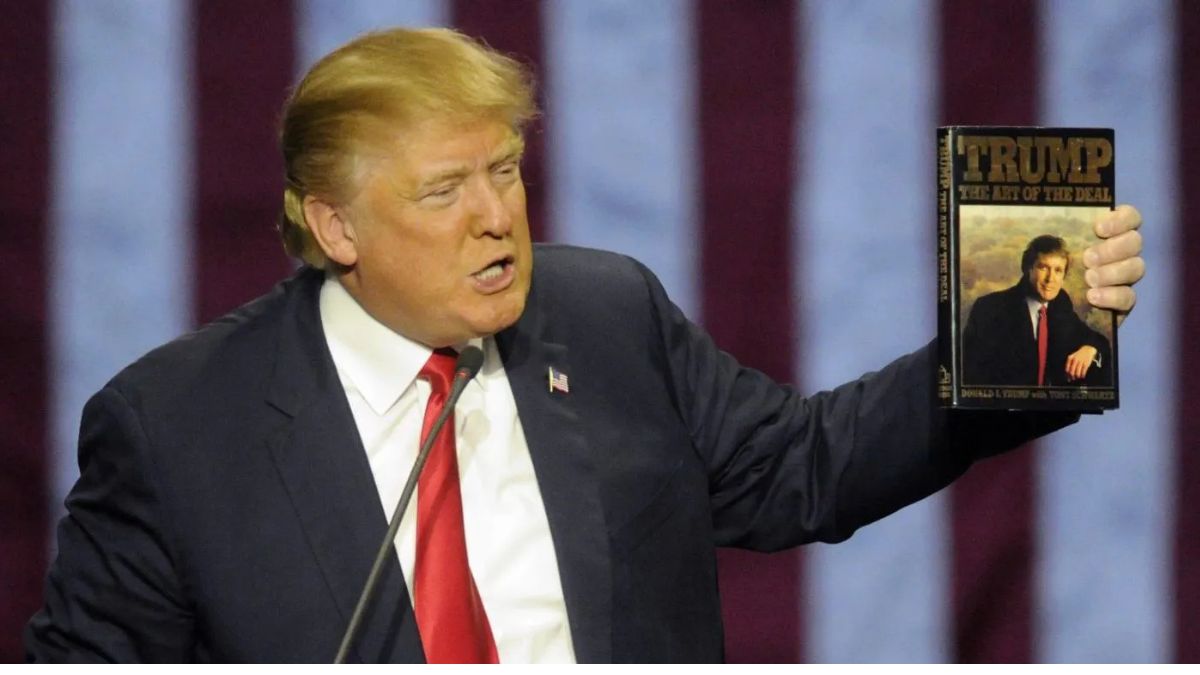The GENIUS Act, signed into law by President Trump, establishes a crucial regulatory framework for stablecoins powering explosive growth for platforms like Circle and Coinbase and triggering the next evolution of the Web3 economy.
A Landmark Moment: GENIUS Act Signed into Law
The US crypto landscape transformed dramatically on Friday, as President Trump’s signature turned the GENIUS Act into binding law. After years of uncertainty, this landmark bill delivers a clear, comprehensive regulatory framework for stablecoins digital tokens pegged to the US dollar ushering in a new era of mainstream adoption for digital assets. For the first time, private companies can issue dollar-backed stablecoins under defined oversight, blending innovation with guardrails that promise security and trust.
Why Stablecoin Regulation Matters Now
Stablecoins such as USDC and USDT have become the lifeblood of digital markets, offering frictionless movement of value and anchoring decentralized finance. Yet, until now, issuers have operated in a legal gray zone. The GENIUS Act swiftly changes this:
1:1 Reserve Requirement: Issuers must fully back tokens with cash or high-quality liquid assets.
Federal and State Licenses: Entities can operate under strict federal or compliant state regimes, ensuring uniform investor protection.
Monthly Audits and Public Disclosures: Mandatory transparency boosts confidence for both consumers and institutions.
Bank Secrecy Act Coverage: Robust anti-money laundering and compliance rules apply, elevating the industry standard.
Critically, the law excludes stablecoins from being classified as securities or commodities, ending years of jurisdictional confusion.
Immediate Winners: Circle, Coinbase and the Web3 Ecosystem
Early market reaction has been electric. Circle (CRCL), the largest USDC issuer, saw its shares soar over 34% after passage of the bill, hitting all-time highs as investors cheered the company’s new legitimacy and institutional backing. Coinbase (COIN), the largest US-listed crypto platform and a close Circle partner, also rallied to record prices, capitalizing on its pivotal role in stablecoin trading and custody.
For these companies, the GENIUS Act:
Validates their business models amid global scrutiny.
Ensures stable revenue streams from reserve assets and stablecoin transactions.
Dramatically lowers compliance risk and unlocks new products and markets.
Other platforms set for growth include Chainlink, which integrates real-world data with DeFi, and alternate smart contract ecosystems like Cardano and Solana, both poised to attract developers migrating to the now-regulated landscape.
Web3: The Next-Generation Internet is Here
At its core, the GENIUS Act’s relevance goes far beyond stablecoins. By providing legal certainty for tokenized dollars, it essentially jumpstarts the broader Web3 movement a new internet paradigm built on blockchain and peer-to-peer exchange. What does this mean for users and innovators?
Faster, Cheaper Payments: Digital dollars become programmable cash, settled in seconds across borders.
Explosion of Web3 Apps: Developers can create sophisticated financial products and marketplaces with confidence, knowing regulators are on board.
Mainstream Institutional Entry: Clarity attracts banks, asset managers, and payment giants, broadening adoption and boosting liquidity.
Investor Access: With ETFs like BlackRock’s ETHA, Fidelity’s FETH, and Grayscale’s ETHE, along with Web3-focused funds BITQ and DAPP, mainstream investors can capitalize on this economic transition.
Risks, Skepticism and a New Standard
While some critics warn that government backing could socialize crypto risk in a crisis, supporters argue that strong oversight and priority creditor status for stablecoin holders will maintain market stability. Companies operating in this new environment face higher compliance costs, monthly audits, and deeper scrutiny, but the payoff is the legitimacy and global acceptance that crypto has long sought.
The Verdict: An Inflection Point for Digital Assets
The GENIUS Act is widely recognized as the most consequential crypto legislation in US history. It addresses market demands for clarity, unleashes transformative innovation, and signals the US’s intent to remain dominant in digital finance. With regulatory clouds dissipating, the next chapter belongs to builders, investors, and users ready to embrace a tech-powered, global, digital dollar economy.


